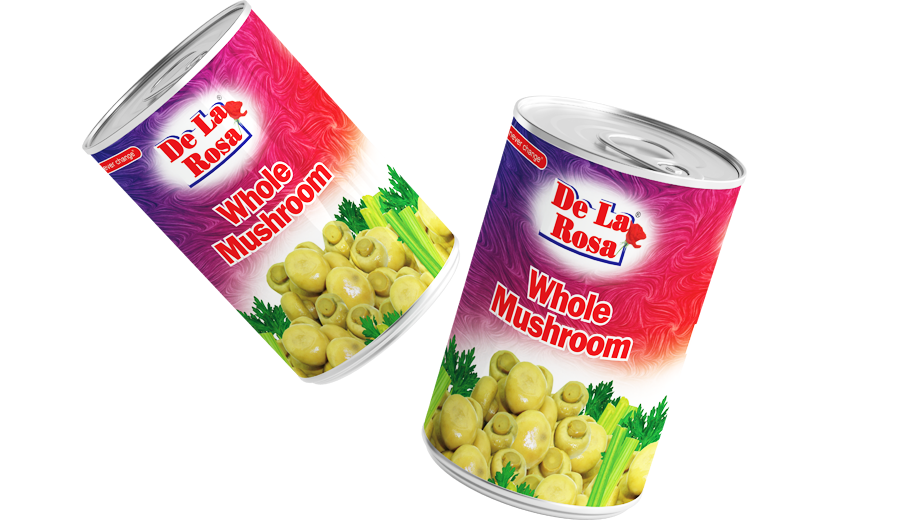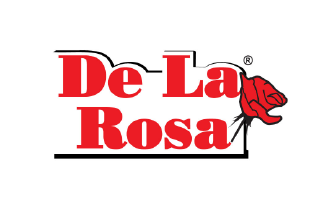
The perfect Taste for an exceptional experience

In the 1790s Napoleon’s Government offered a huge reward for a new method of preserving foods suitable for the French Military. It was Nicolas Appert in the early 1800s who came up with a method for sterilising foods in bottles and won the generous prize. Meanwhile in the UK, a patent for a tin-plated iron can (tin coated steel or aluminium is used today) was granted to Peter Durand by George III, with the introduction of the canning process to the UK soon after. The first automated can making machinery was introduced in the 1890s. Due to the methods employed in canning, canned foods rarely require the use of additional preservatives.
The majority of canned products are canned immediately or very soon after harvest, when nutrient concentrations and eating quality are at their highest.
Canned food, contrary to popular belief, can form part of a healthy balanced diet. It’s often assumed that canned foods are a poor source of vitamins and minerals. Canned foods in many cases provide similar amounts of vitamins and minerals to fresh equivalents, and are often a good source of protein and fiber too. Foods from each of the main food groups needed for a balanced diet – Fruit & Vegetables ; fish & vegetarian alternatives – come in a can, offering a convenient choice and at the same time can form part of a healthy diet. This is especially the case if you choose products with low salt, no added salt, no added sugar or foods canned in fruit juice or water rather than syrup or brine.
Canning of foods is just one type of food preservation. Canned foods are often overlooked as an economical source of nutrients, but the very process of canning preserves foods and nutrients and in some cases increases the bioavailability of nutrients. Canning of foods first occurred in the 18th century but in jars! Due to the demands of long sea voyages, armies being away from home for long periods and the increasing needs of urban populations, effective means of food preservation were required. At the time, methods of preservation included drying, smoking, pickling and salting of foods, but were inadequate for preserving foods for a long period of time.

